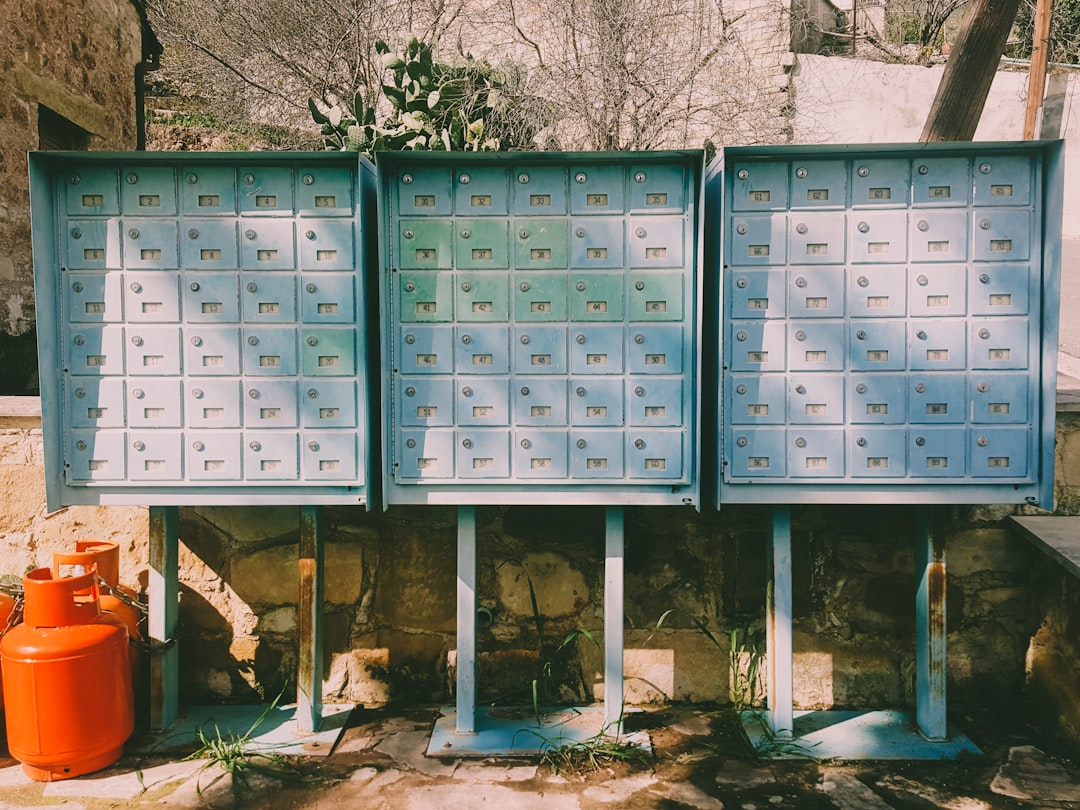Understanding Mailbox Cost in Residential Construction
Mailbox installation costs can range from $120 to over $2,500, depending on materials and complexity. For construction professionals, understanding these costs is crucial for accurate quoting and project planning. This guide explores the factors influencing mailbox costs, including material choices, labor rates, and regional variations, providing a comprehensive resource for trade professionals.
Why Mailbox Cost Matters
- A mailbox is often the first feature visitors notice, impacting property value.
- Compliance with local codes is essential to avoid costly rework.
- Material choices, from vinyl to masonry, can significantly affect costs.
- Labor requirements vary, especially when integrating with other features like lighting.
Typical Price Ranges
Based on recent data, mailbox installation costs fall into these categories:
- Basic prefabricated mailbox on a wood post: $120–$250 installed
- Decorative metal box with steel post: $250–$450 installed
- Custom cedar or composite column: $450–$900 installed
- Masonry or stone monument: $900–$2,500+ installed
Breaking Down the Components
1. Mailbox Unit
Basic plastic or steel boxes cost $25 to $80, while high-end designs can exceed $250. Locking mechanisms add about $40.
2. Post or Column
- Pressure-treated lumber: $15–$30
- Galvanized or powder-coated steel: $40–$85
- Decorative composite sleeves: $90–$150
- Brick, block, or stone column: $250–$700
Concrete costs $6–$8 per 60-lb sack.
3. Labor
Labor rates vary by task:
- Carpentry: $55–$75 per hour
- Masonry: $65–$90 per hour
- Electrical: $75–$110 per hour
Five Pro Tips to Control Mailbox Cost
- Choose locally stocked materials to avoid freight charges.
- Combine concrete tasks to optimize delivery costs.
- Use AI tools to determine exact footing depth, preventing overbuying.
- Pre-assemble components to reduce on-site labor.
- Offer modular add-ons as separate line items to build trust and upsell.
Step-by-Step Installation Process
- Verify local regulations for setbacks and heights.
- Mark utility lines before digging.
- Excavate to the required frost depth.
- Set the post or column and pour concrete.
- Attach the mailbox after curing.
- Document the installation for client approval.
Regional Influences on Mailbox Cost
Prices vary by region. For example, Des Moines, IA, has lower masonry costs compared to the national average. Understanding these differences helps in crafting accurate, location-specific bids.
Hidden Costs to Watch
- HOA application fees: $50 to $200
- Postal penalties for improper placement
- Regrading and sod repairs
- Permits for integrated lighting
How CountBricks Streamlines Your Next Mailbox Project
- Voice-to-Estimate: Quickly generate line items on-site.
- Live Material Pricing: Access real-time costs from suppliers.
- Blueprint Takeoffs: Use AI to trace and plan installations.
- One-Click Quote Docs: Create ready-to-sign PDFs.
Ready to Get Started?
Visit CountBricks.com to explore tools that ensure accurate mailbox cost management for your projects.
CountBricks Case Snapshot: Masonry Mailbox Upgrade in Polk County
A homeowner in Polk County desired a stone mailbox with LED numbers. Traditional estimates ranged from $2,100 to $2,600. Using CountBricks, the contractor provided a precise, data-driven quote.
Workflow Highlights
- Dimensions were dictated via the mobile app.
- AI provided live pricing for materials.
- Labor was calculated accurately, reducing costs.
- Total cost was $1,847.33, undercutting traditional quotes.
Outcome
The proposal was approved quickly, and the project was completed efficiently, maintaining profit margins despite material price fluctuations.
Lessons Learned
- Speed and transparency win projects.
- Live pricing protects profit margins.
Apply These Insights
- Use blueprint takeoffs for accurate depth modeling.
- Offer lighting upgrades as optional items.
- Utilize photographic site capture for approvals.
For similar results, schedule a walkthrough at CountBricks.com.

